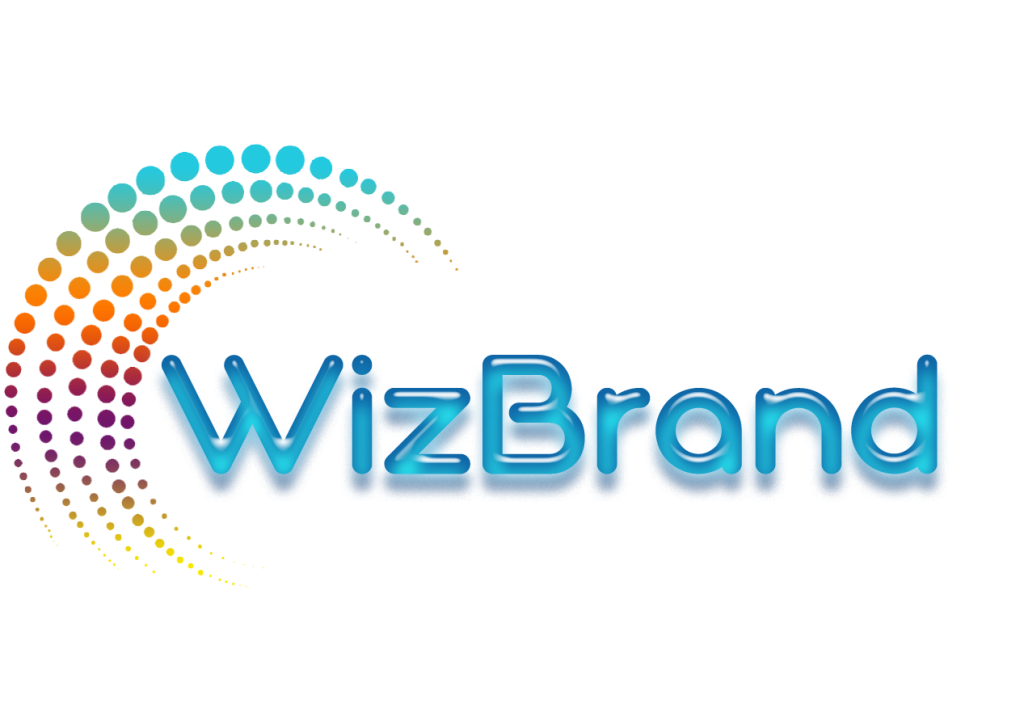
In today’s digital landscape, content is at the heart of every marketing and organizational effort. However, simply creating great content is not enough—ensuring that content is discoverable, organized, and efficiently managed is paramount. This is where metadata steps in. Often described as “data about data,” metadata is a key element in both SEO (Search Engine Optimization) and DAM (Digital Asset Management) strategies. Whether you are an SEO professional, digital marketer, or part of a content team, understanding the pivotal role metadata plays in the success of SEO and DAM is essential. In this blog, we explore why metadata is indispensable for both SEO and DAM success and how solutions like Wizbrand, a leading Digital Asset Management (DAM) platform, can help you optimize workflows, manage content, and improve collaboration across teams.
What is Metadata and Why is it Crucial?
Metadata refers to the structured information that describes and provides context for digital assets. It can include attributes such as titles, descriptions, tags, keywords, and more. Metadata serves as an organizational tool that allows both search engines and humans to easily locate, categorize, and interact with content.
For SEO, metadata helps search engines understand the relevance and context of web pages and digital assets, which directly influences search rankings. For DAM, metadata is essential for organizing, categorizing, and retrieving assets such as images, documents, videos, and audio files, enabling teams to work more efficiently and productively.
Both SEO and DAM rely on metadata to unlock content’s potential—whether it’s ensuring better search engine ranking or improving asset management workflows. Let’s dive deeper into the specific role metadata plays in SEO and DAM.
How Metadata Drives SEO Success
In SEO, metadata is crucial because it allows search engines to understand the content of a page or asset, helping it rank more effectively. Let’s look at the key ways metadata influences SEO:
- Enhanced Search Engine Ranking
Search engines like Google crawl web pages using metadata to understand the content of a page. For instance, title tags, meta descriptions, and alt text for images provide crucial information about a page’s content. Properly optimized metadata ensures that search engines can easily index your content, increasing its chances of appearing in relevant search results and improving its ranking. - Improved Click-Through Rates (CTR)
A well-written, descriptive meta title and meta description are often the first pieces of content users see in search engine results. A compelling and informative title can encourage users to click on your content, boosting your click-through rate (CTR). Optimizing your metadata with relevant keywords helps make your content stand out in a crowded digital space. - Better Relevance for Keywords
By embedding relevant keywords within your metadata, you ensure that search engines can match your content with user queries. This keyword relevance helps improve your SEO rankings by making sure your content aligns with what users are searching for, thus increasing the likelihood of it appearing in search results.
Metadata’s Role in DAM: Streamlining Asset Management
When it comes to Digital Asset Management (DAM), metadata is just as important for optimizing workflows and making content accessible. Let’s explore how metadata influences DAM success:

- Organized and Searchable Content
Managing and retrieving digital assets can quickly become a daunting task without proper organization. Metadata allows you to categorize and tag assets based on key attributes such as project name, content type, subject, or creation date. This makes it easier for teams to find the right asset quickly, saving time and improving efficiency. - Facilitating Collaboration and Teamwork
Effective collaboration is critical in any content-driven team. With metadata, everyone on the team can understand the context and purpose of a digital asset without having to open the file itself. By organizing assets using relevant metadata, team members can work together more seamlessly, leading to faster decision-making and improved productivity. - Ensuring Consistency and Quality Control
Metadata also helps maintain consistency across an organization’s digital assets. By establishing standardized naming conventions, categorization, and tagging systems, teams can ensure that all assets are easily identifiable and accessible. This consistency is vital for maintaining high-quality content, especially when managing large amounts of digital assets over time.
How Wizbrand Optimizes Metadata Management
Wizbrand is a powerful Best Digital Asset Management Software solution that integrates advanced metadata management tools to help businesses streamline their workflows, improve SEO, and enhance team collaboration. Here’s how Wizbrand stands out in metadata management:
- Efficient Metadata Tagging and Categorization
Wizbrand makes it easy to tag and categorize digital assets with specific metadata, such as keywords, descriptions, and categories. This ensures that all your content is organized, easy to search, and quickly accessible when needed. - SEO-Optimized Assets
Wizbrand’s DAM software helps ensure that your digital assets are optimized for search engines. The platform allows you to manage and update SEO metadata, such as title tags, alt text, and meta descriptions, for images, documents, and videos. With Wizbrand, you can improve your SEO performance while maintaining an organized asset library. - Streamlined Collaboration
Wizbrand’s cloud-based platform fosters seamless collaboration by allowing team members to access and edit digital assets from anywhere. With the ability to add detailed metadata, every team member has full context and understanding of the asset they are working on, ensuring consistency and clarity across projects. - Centralized Asset Management
By centralizing all digital assets in one platform, Wizbrand makes it easy to manage large volumes of content. With detailed metadata, you can quickly locate, organize, and retrieve files—whether you are looking for a specific image or reviewing assets for a marketing campaign.
Why Choose Wizbrand for DAM?
If you’re looking for the Best DAM Tools in the world, Wizbrand offers comprehensive metadata management tools that enhance your digital asset workflows and SEO strategies. Its powerful features allow you to efficiently tag and categorize assets, optimize metadata for search engines, and collaborate seamlessly across teams.

Whether you are a digital marketer, content creator, or part of a large team, Wizbrand simplifies the process of managing digital assets, ensuring that your content is always organized, accessible, and optimized for success.
Conclusion: Elevate Your SEO and DAM Strategies with Wizbrand
Metadata is a crucial element in both SEO and Digital Asset Management. Properly structured metadata enhances search engine visibility, improves content accessibility, and streamlines workflows. Wizbrand offers the perfect solution for managing metadata and optimizing digital content. With its advanced DAM features, Wizbrand ensures that your assets are well-organized, easy to search, and SEO-optimized. Explore Wizbrand today to discover how its platform can transform your digital content strategy and improve collaboration within your team.